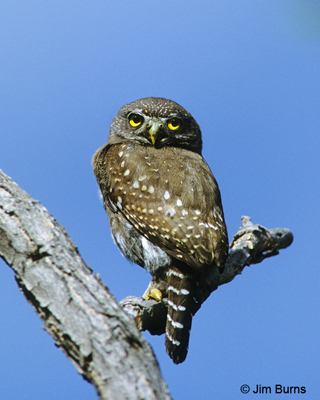Elf Owl with scorpion |
Northern Pygmy-Owl |
An analogy might be drawn to the birds in a birder’s life, the culprit being not the pandemic but global warming and the ensuing drought here in the Southwest. Just as I was transitioning from bugs back into this birding life, pandemic travel restrictions precluded any attempt to bird out of the country or even out of state. I decided, to protect my sanity, I should spend a year or two reestablishing ties to some state birds with which I have had only a casual photographic acquaintance, some of the less common birds which I typically encounter only every few years if that often, primarily because I don’t go out looking for them.
If you figured I wouldn’t actually make a list, you obviously don’t know me very well. There are thirty species on the “casual acquaintance” list, give or take, and near the top were a couple owls, a couple flycatchers, and a couple buntings. I checked the hotlines, filled the gas tank, and headed south the first week in June. I surprised myself. No lifers of course, but searching was fun, and I caught up with four of the six old avian friends. I also reconnected with a couple casual human acquaintances I hadn’t seen in years.
Lazuli Bunting? Apparently I was a little too late and they had already migrated on northward. Sulphur-bellied Flycatcher? Apparently I was a little too early, and they weren’t in their normal riparian haunts yet or I wasn’t in the right place at the right time. But the other four, Elf Owl, Northern Pygmy-Owl, Varied Bunting, and Rose-throated Becard? I was able to find them all and get the best images I’ve gotten of them to date. I was happy to welcome them back into my life after years of missing them in my travels around Arizona.
There are a variety of reasons why these four less than common species take homework, diligence, and some luck to see/photograph well: for nightbirds like the Elf Owl of course that difficulty goes without saying; our pygmy-owls, though crepuscular, have very large territories and are notoriously solitary; Varied Buntings are typically inconspicuous and typically don’t begin nesting until the monsoon rains begin; the becards are only irregular migrants that appear only sporadically in Arizona and favor riparian groves of large cottonwoods which are in sharp decline here.
There are other factors as well. With the totally understandable and long overdue proscription of publicizing owl roost and nest locations, the recent irregularity of our monsoon rains, and the small size, drab plumage, and unremarkable vocalizations of all four of these species, it is easy to see how birders can overlook them and have difficulty becoming familiar with their habitat and habits. Close friends are always there for us. Casual acquaintances take more work, but sometimes the rewards are greater. With birds and people both.
Rose-throated Becard male |
Varied Bunting male |



